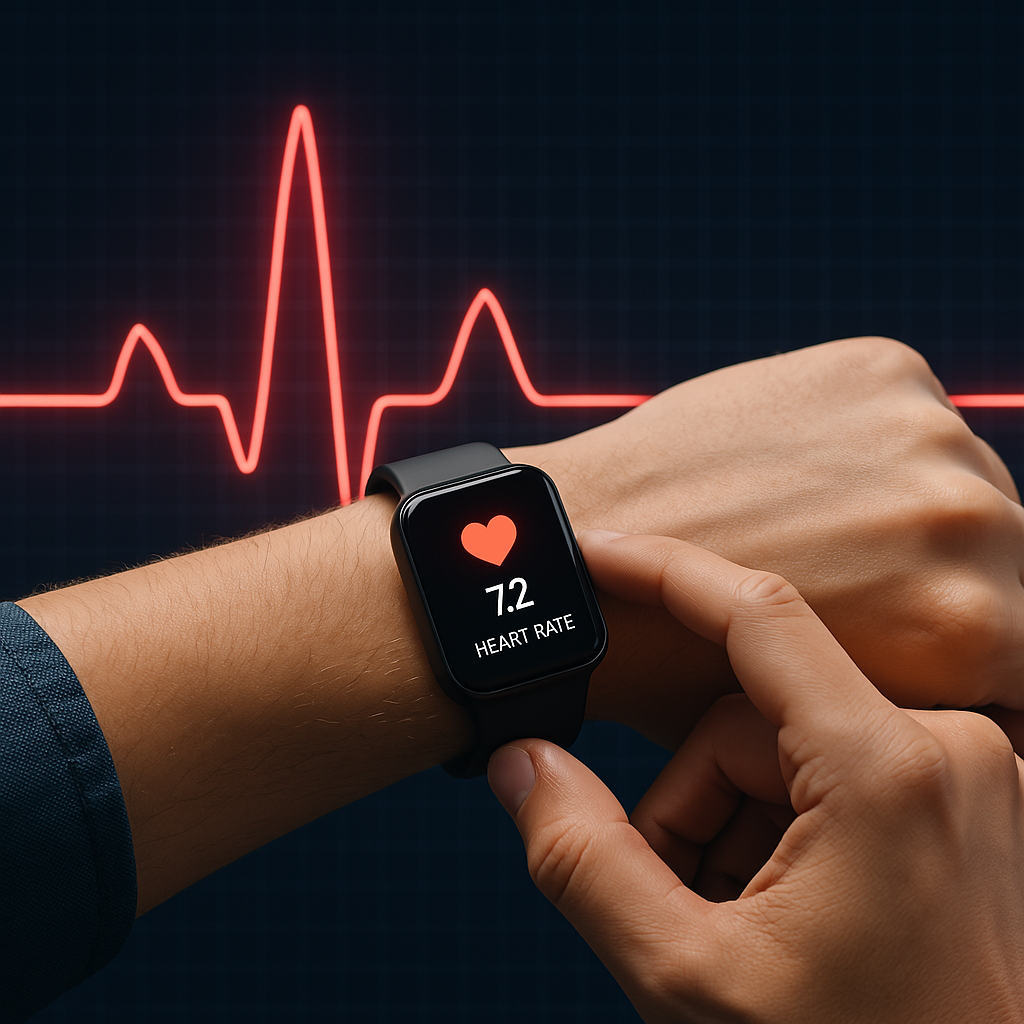Doctors are using wearable technologies like fitbits and other smartwatches to find new ways to keep tabs on patients’ health and detect cardiovascular risk factors.
Zhanlin Chen, a medical student from Northwestern University in Chicago, developed a new metric that could be used to find a more reliable indicator for heart health. He presented his findings at the American College of Cardiology (ACC) Scientific Session 2025 between March 29-31.
Indirect data never provide a full picture. Two people may take 10,000 steps daily, but a higher heart rate could indicate one person’s heart is overworking.
Chen also suggested dividing the average daily heart rate by the number of steps taken per day could offer deeper insight.
“Integrating heart rate and step count provides a better indicator of heart health than either measure alone,” he said.
Furthermore, Chen and colleagues analyzed data from 7,000 adults who contributed Fitbit smartwatch data and electronic health records to the All of Us research program. This was a nationwide prospective study supported by the National Institutes of Health.
Consequently, the study discovered people in the top 25 per cent for elevated daily heart rate per step had worse cardiovascular outcomes than those in the lowest quartile.
Individuals in this high-risk group were twice as likely to have type 2 diabetes. Furthermore, they were 1.7 times as likely to develop heart failure, 1.6 times as likely to have high blood pressure, and 1.4 times as likely to suffer from coronary atherosclerosis.
Read more: Scientists develop breath-related diagnostic tool for early detection for silicosis
Read more: Korean consortium propels lung cancer drug development with AI, supercomputers
Researchers still need to validate new metric
Eugene Yang, MD, a cardiologist at the University of Washington, Seattle, studies the use of wearables and technology in medicine. He said researchers need to validate this new metric with granular randomized studies. However, it shows promise for how wearable technology could improve people’s health in the future.
Chen hopes further studies will validate his new metric and that clinicians will incorporate it into heart disease risk calculations. At present, calculations currently ignore fitness levels and other environmental and physiological factors.
“We could look at incorporating wearables data into cardiovascular disease risk estimates,” said Chen. “That hopefully would translate into changes in medical interventions and risk stratification and screening.”
.












